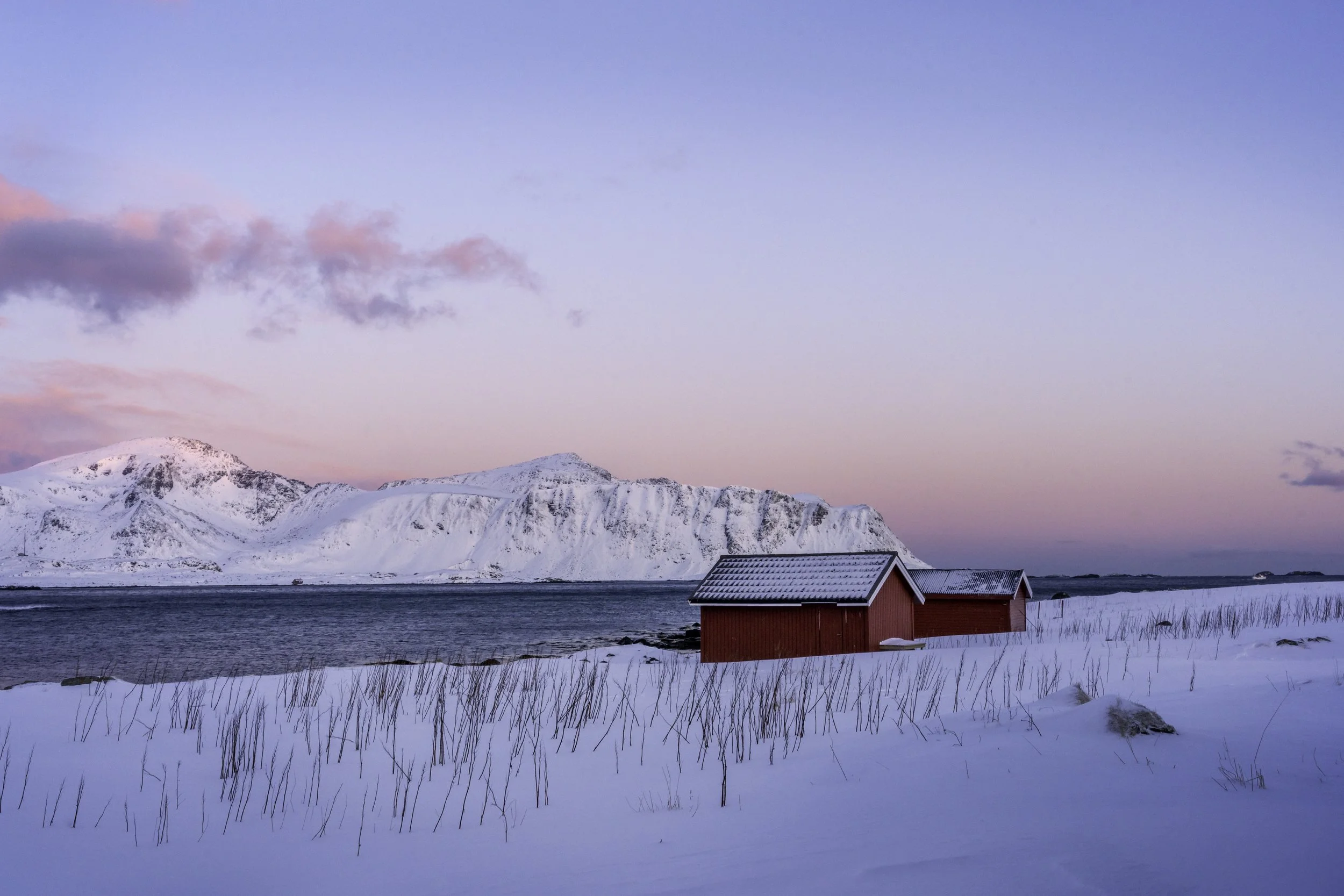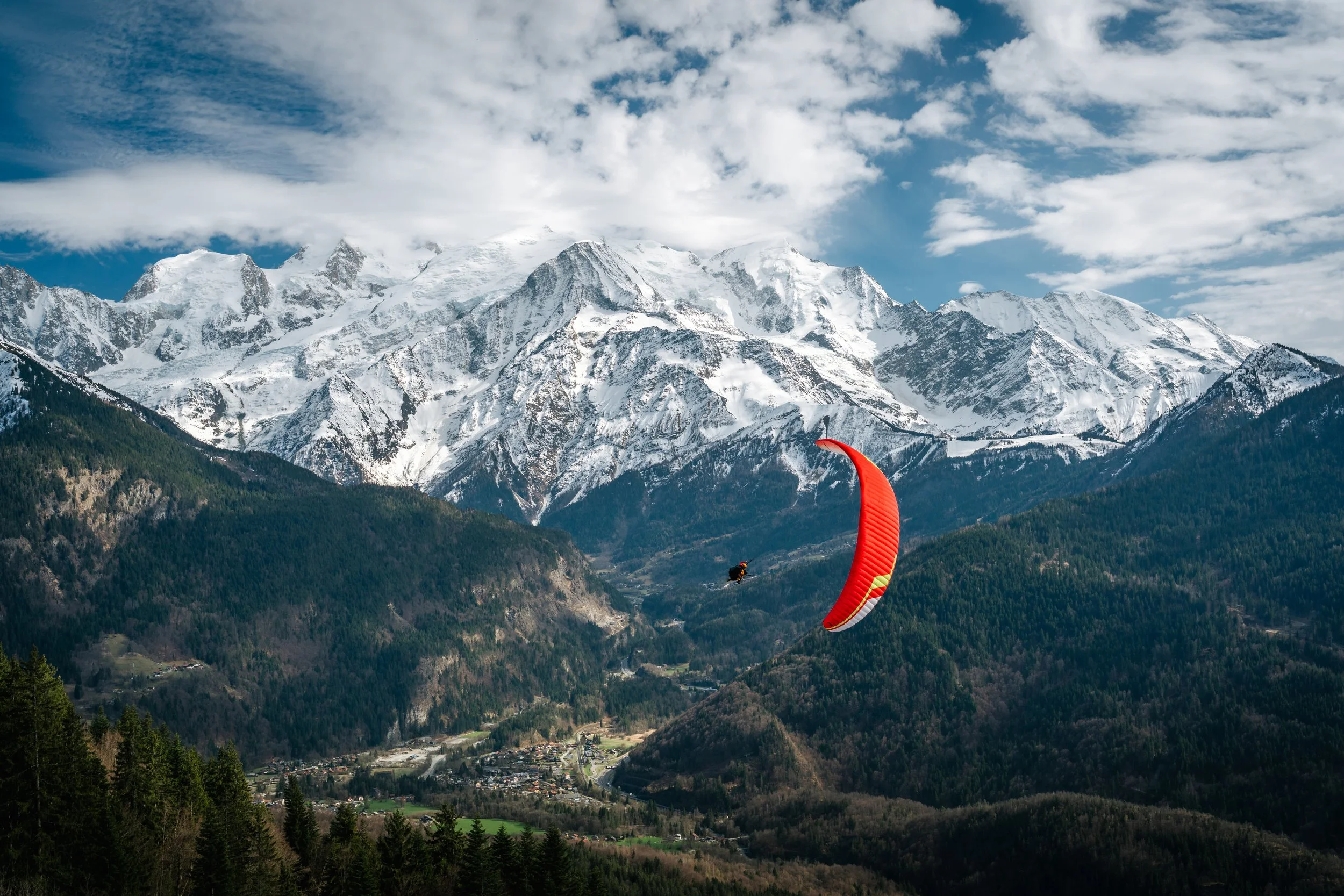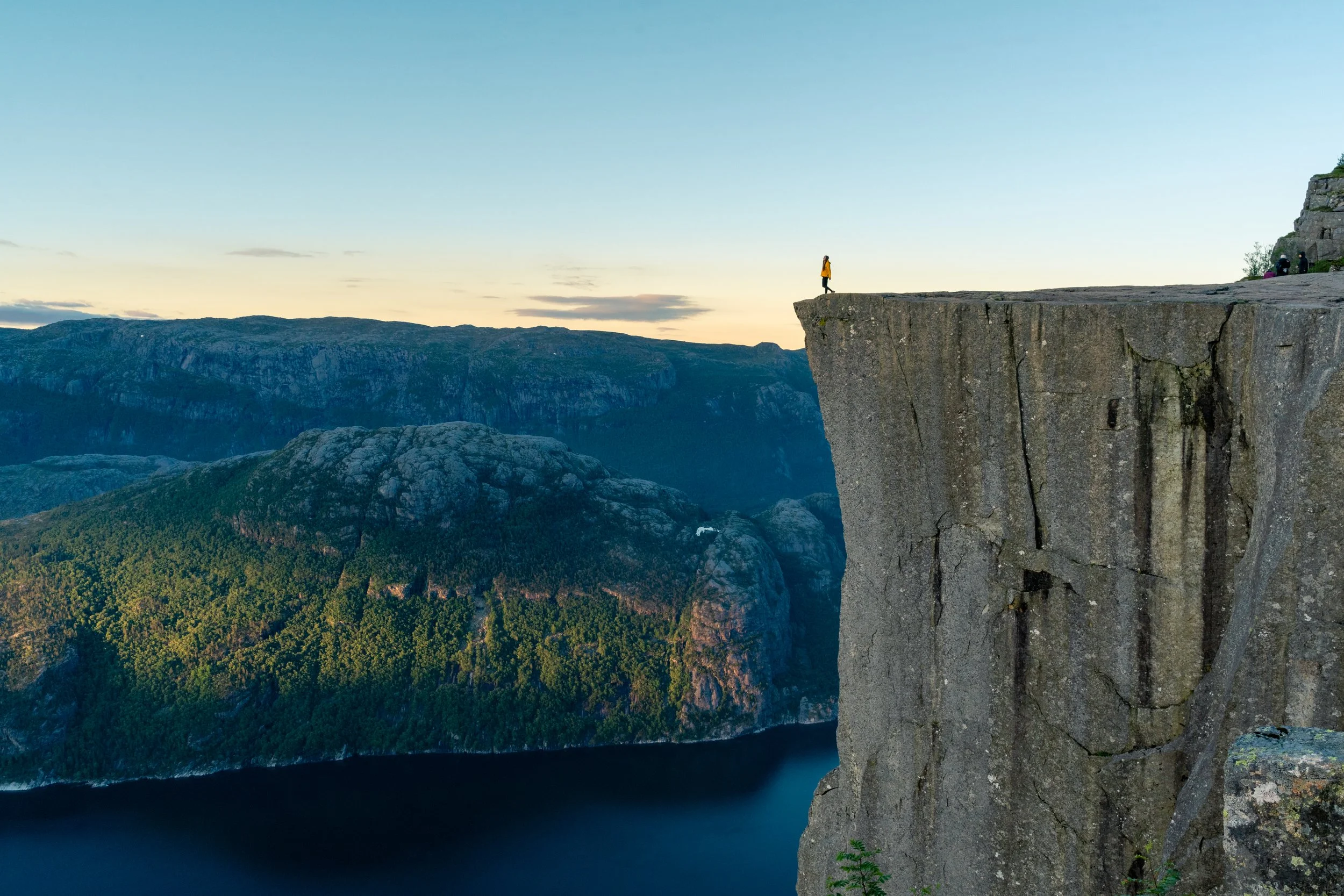How Do You Take a Landscape Photo?
Landscape photography has this unique pull. It’s one of the first things many of us try when we pick up a camera—point it at a mountain, a coastline, a tree glowing in golden light—and hope it captures the way it felt to stand there. But as you’ve probably discovered, the photo doesn’t always look like what your eyes saw. Sometimes it feels flat, dull, or just doesn’t have that magic.
So how do you actually take a good landscape photo? Not just technically sharp, but one that makes someone stop and feel something.
Let’s walk through it step by step.
1. Start With Light, Not Gear
The first thing that separates an average landscape photo from a great one is light. You can have the best camera in the world, but if you’re shooting under flat midday sun, the scene is going to look harsh and lifeless.
That’s why landscape photographers are obsessed with “golden hour” (the hour after sunrise and before sunset). The light is soft, warm, and directional, which means it paints the scene with shadows and depth.
Morning light often feels cleaner and more peaceful, perfect for calm, reflective shots.
Evening light is moodier and warmer, great for drama and color.
Of course, cloudy days have their own beauty too—diffused light works wonders in forests, waterfalls, or misty mountains. The key is to pay attention to what the light is doing rather than just clicking the shutter when you happen to be there.
2. Think About Your Composition
Once you’ve found a scene with good light, the next step is deciding how to frame it. Composition is the secret sauce of landscape photography—it’s what makes an image feel intentional.
A few things to keep in mind:
Foreground matters. A sweeping mountain range looks even bigger when you include a rock, flower, or stream in the foreground to lead the eye in.
Lines guide the viewer. Roads, rivers, ridges—all of these create paths through your photo. Try placing them so they lead towards your main subject.
Rule of thirds. Classic, but effective. Place your horizon on the top or bottom third of the frame instead of right in the middle.
And don’t forget to move around. Sometimes the difference between a boring shot and a stunning one is just crouching down a little lower or stepping a few meters to the left.
3. Use the Right Settings
Gear doesn’t make the photo, but knowing how to use your camera does. For landscapes, here are some settings to consider:
Aperture: Shoot around f/8–f/11 for maximum sharpness and depth of field.
Shutter speed: Usually not critical unless you’re capturing motion like flowing water or moving clouds. Use a tripod if you’re going slow.
ISO: Keep it low (100–200) to reduce noise and keep the image clean.
Focus: Use manual focus or focus about a third of the way into the scene to keep both foreground and background sharp.
A tripod is your best friend for landscapes. Not only does it keep your camera steady, but it also forces you to slow down and think about your composition.
4. Add Emotion and Story
This is the part a lot of guides skip: a technically perfect landscape photo can still feel empty. What makes a photo powerful is the emotion behind it.
Ask yourself: Why did this scene catch my attention? Was it the silence of the forest, the power of a storm, or the stillness of a lake? Try to capture that feeling rather than just the view.
Sometimes that means including a person in the frame for scale. Sometimes it means waiting for the wind to calm so the reflection is glassy. Sometimes it means choosing not to shoot at all if the conditions don’t line up.
5. Don’t Forget Post-Processing
Editing isn’t cheating—it’s part of the process. Cameras don’t see the world like our eyes do, so post-processing is about bringing the photo closer to how it felt in the moment.
Adjust exposure and contrast to bring out depth.
Use highlights and shadows to balance bright skies and dark land.
Enhance colors gently—overdoing saturation is the fastest way to make a photo feel fake.
Programs like Lightroom or Capture One give you control, but even a basic app on your phone can make a big difference.
Final Thoughts
Taking a landscape photo is about more than just pointing your camera at a pretty view. It’s about noticing light, building a thoughtful composition, and trying to translate the emotion of being there into a frame.
The best advice? Get outside often. Pay attention to how the same place looks different in changing light, in shifting weather, at different times of year. The more you shoot, the more you’ll start to anticipate those magical moments instead of stumbling across them by accident.
Because at the end of the day, a good landscape photo isn’t just about showing where you were—it’s about sharing how it felt.


